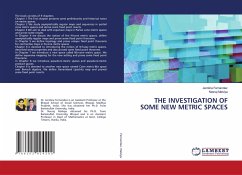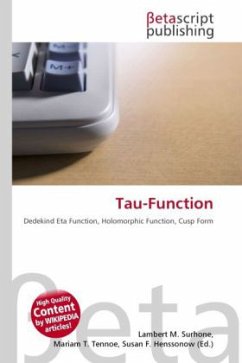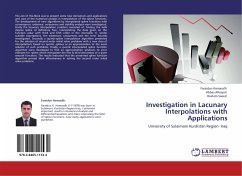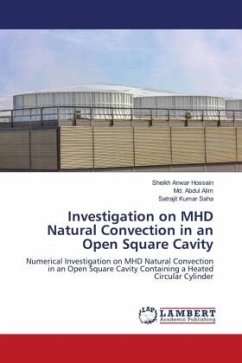The use of the relatively new tau-leap algorithm to model the kinematics of regulatory systems and other chemical processes inside the cell, is of great interest. We introduce a new method that enables us to establish the accuracy of the tau-leap method effectively. Our approach takes advantage of the fact that the stochastic simulation algorithm (SSA) and the tau-leap method can be represented as a special type of counting process, that can essentially "couple", or tie together, a single realization of the SSA process to one of the tau-leap. Because the SSA is exact we can evaluate the accuracy of the tau-leap by comparing it to the SSA. Our approach gives error estimates which are unrivaled by any method currently available. Moreover, our coupling algorithm allows us to propose an adaptive parameter selection algorithm which finds the appropriate parameter values needed to achieve a pre-determined error threshold in the tau-leap algorithm. This error-controlled adaptive parameter selection method could not have been proposed before the introduction of our coupling algorithm, and it is a novel approach to the use of the tau-leap algorithm.








